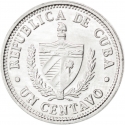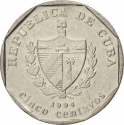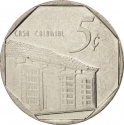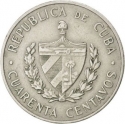You are about to finish your registration. Please check your mailbox (including spam folder). There should be a letter with a confirmation link. Check setting to make sure that your e-mail address is correct.
Send letter againDescription
Christopher Columbus (1451-1506) was an Italian explorer and navigator who completed four voyages across the Atlantic Ocean, opening the way for the widespread European exploration and colonization of the Americas. His expeditions, sponsored by the Catholic Monarchs of Spain, were the first European contact with the Caribbean, Central America, and South America.
Western imperialism and economic competition were emerging among European kingdoms through the establishment of trade routes and colonies. Columbus proposed to reach the East Indies by sailing westward, and this eventually received the support of the Spanish Crown, which saw a chance to enter the spice trade with Asia through a new westward route. During his first voyage in 1492, he reached the New World instead of arriving at Japan as he had intended, landing on an island in the Bahamas archipelago that he named "San Salvador". Over the course of three more voyages, he visited the Greater and Lesser Antilles, as well as the Caribbean coast of Venezuela and Central America, claiming all of it for the Crown of Castile.
Columbus was not the first European explorer to reach the Americas, having been preceded by the Viking expedition led by Leif Erikson in the 11th century, but his voyages led to the first lasting European contact with the Americas, inaugurating a period of European exploration, conquest, and colonization that lasted several centuries.
Obverse

|
Cuban coat of arms within a laurel wreath. Country name above, weight and finess on sides, face value below. REPUBLICA DE CUBA |
|---|---|
Reverse

|
Depicts a bust of Christopher Columbus 3/4 left, within a circle of nautical symbols. Curved legends: on top event name "5th Centenary", on bottom figure name "Cristopher Columbus", date below the bust to right, surrounded by the nautical rope. ★ V CENTENARIO ★ |
| Edge |
500 Pesos
Latin American Figures
Christopher Columbus
Subscribe series
KM# 457
Latin American Figures
Christopher Columbus







